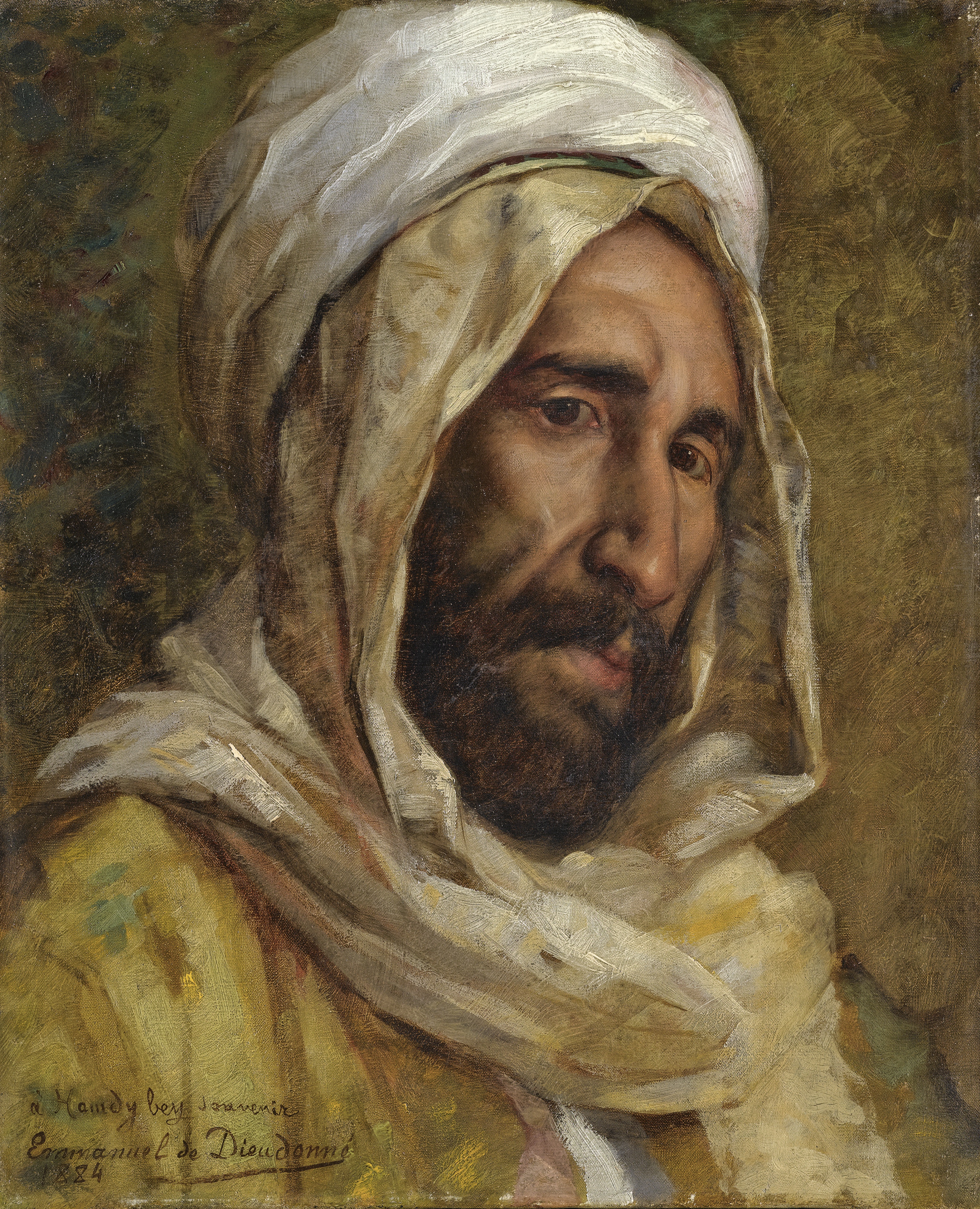This painting was suggested by one of our fans, Kutlay from Turkey. Thank you so much for the suggestion as well as for the help with the sources! :)
This painting, created in 1906, is probably the most expensive Turkish painting ever. In 2004 it was sold for $3.5M and is currently displayed at the Pera Museum in Istanbul. Osman Hamdi Bey created the painting at a time of great social and political turmoil in the Ottoman Empire. Bey was the founder of modern archeology in Turkey. He worked really hard to make the Istanbul Archeology Museum one of the most respected museums in the world. He was also famous for his work as an art expert and pioneering painter.
The painting depicts an elderly man in traditional Ottoman religious costume, which predates the introduction of the fez and the spread of Western style dress concurrent with the Tanzimat reforms in the mid-19th century. He holds a traditional ney flute with which he is attempting to "train" the tortoises at his feet. The room in the painting is a room from an actual mosque — the Green Mosque, in Bursa, Turkey. The old man is near a window, which is the only light source in the room. Bey is satirising slow and ineffective attempts at reforming the Ottoman Empire, through the attempts of this anachronistic historical character to train tortoises.
A brief history lesson may be in order. There was a period during the Ottoman Empire that was later known as Tulip Period (18th century). This period is important because it was the time when the Empire started going downhill. The Padişah tried to westernize the country by establishing commercial and cultural connections with Europe, but the resulting wasteful and luxurious parties, held only for top-ranking governors, meant these attempts ended in total failure. At these events, there were tortoises which had been taught by a trainer to carry a candle on their shell and walk between the tables — which after the Tulip Rebellion in 1730, came to represent the oriental leftovers of a gaudy Ottoman Empire. The old man who tries to "teach" or "train" these useless animals has completely given up trying (or teaching). He appears to have become worn out by attempting the impossible. He is an Eastern figure who tried changing something but ended up realizing it is impossible to change the current situation in Turkish society.
Although not widely shown or understood at the time, the painting achieved greater significance in subsequent decades as it presaged the Young Turk Revolution of 1908, which brought an end to direct autocratic rule by the Sultan (replaced by the regime of the Three Pashas after the 1913 coup d'état) and set the stage for the Empire's entry into the First World War on the side of the Central Powers — leading to its subsequent partitioning.




The Tortoise Trainer
oil on canvas • 221.5 × 120 cm
 Osman Hamdi Bey
Osman Hamdi Bey